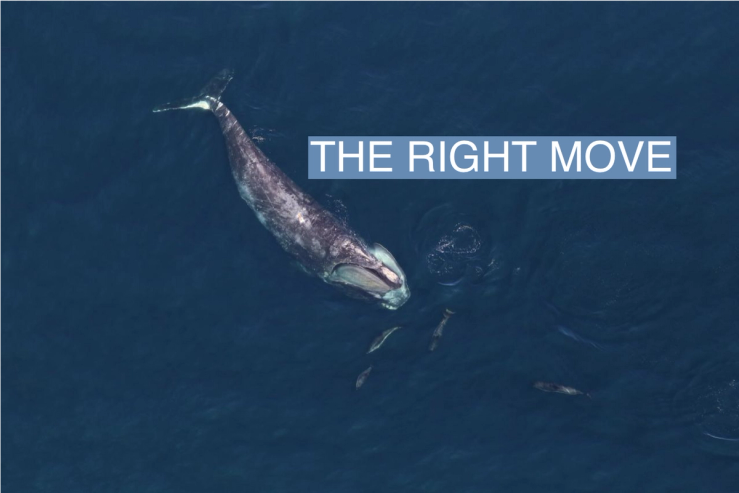The News
The U.S. government has issued an $82 million grant to protect the critically endangered North Atlantic right whales — “the largest climate and conservation investment in history,” the National Oceanic and Atmospheric Administration (NOAA) said. The whale is fast approaching extinction, with just 70 females of reproductive age amid its dwindling numbers.
The funding from the Inflation Reduction Act will be used to ensure that the NOAA can implement technology to help ships detect and avoid the whales, alongside existing conservation measures.
SIGNALS
The whale’s population is dropping faster than it can reproduce, Kathleen Collins of the International Fund for Animal Welfare said in a statement earlier this week. “With less than 340 remaining North Atlantic right whales, every loss is a catastrophic blow,” Collins said. Funding should be directed at life-saving efforts like “disentanglement, stranding response, and necropsies.”
If the North Atlantic right whale goes extinct, it will be the first great whale to disappear in the modern era. After showing promising signs of recovery, the whale's population diminished in 2017. The species was poached through the 18th century for its blubber, and derives its name from being the "right" whale to hunt.• 1 It now resides in one of the most-traveled shipping routes near North America. The whales are often killed by ship propellors or fishing nets, and some females who survive stop reproducing due to stress. It is possible that the whales will disappear within the next decade, though some marine biologists aren't sure they have even that long. "We have years, not decades, to fix this problem," marine ecologist Mark Baumgartner told Science.• 2
International Whaling Commission, Western South Atlantic Southern Right Whale
The cetaceans need to produce around 20 calves per year to be viable, and 50 births per year would bring the species back from the brink, experts believe. There are currently enough females to theoretically see 20 births in a mating season. "We need mothers that are unstressed, that have the blubber reserves to support having a calf. And across their range, we need them to be free of stressors like boat traffic and entanglements with fishing gear to allow them to be healthy enough to support calves," Gib Brogan, fisheries campaign manager at Oceana, told Mongabay.• 3



